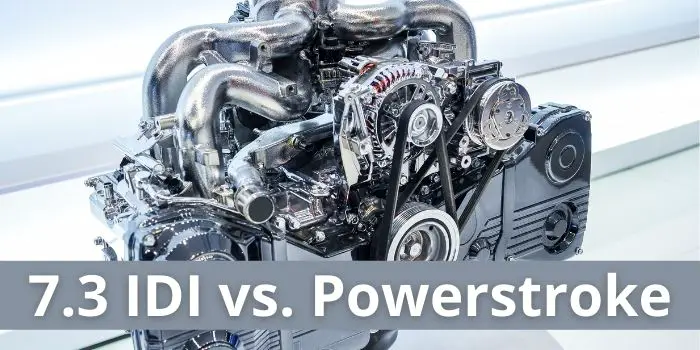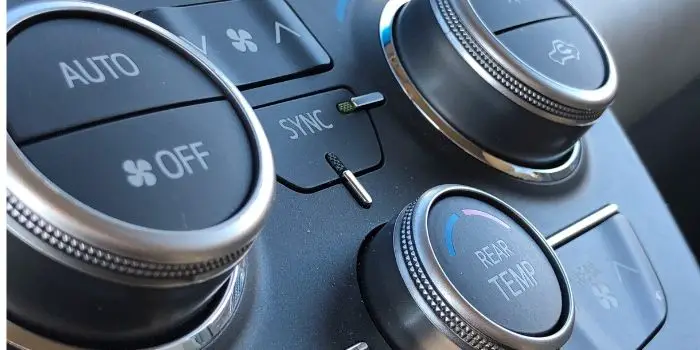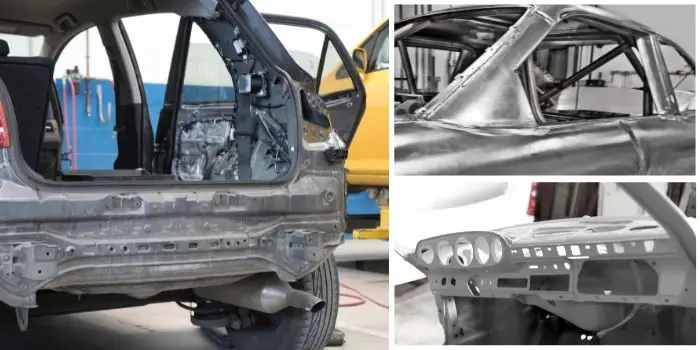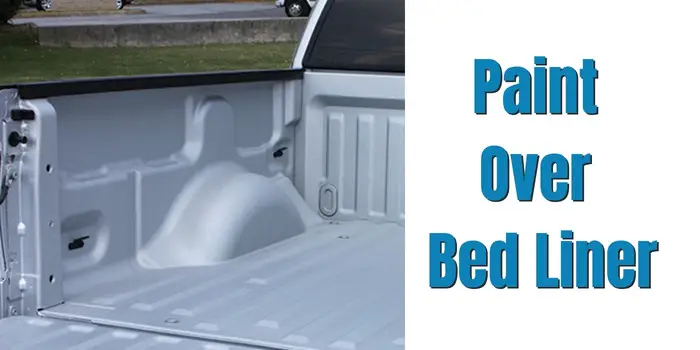A muriatic acid is a form of hydrochloric acid, with only differences in its purity and pH which is about 1 to 2.
Although commonly called hydrochloric acid, Muriatic acid is usually diluted to somewhere between 14.5 and 29 percent.
Also, unlike hydrochloric acid Muriatic acid may contain impurities like iron.
While Muriatic acid works to remove paint very well from hard surfaces like bricks, concrete, and wood; it’s not recommended to use it on metal, rubber, plastic, or fiberglass.
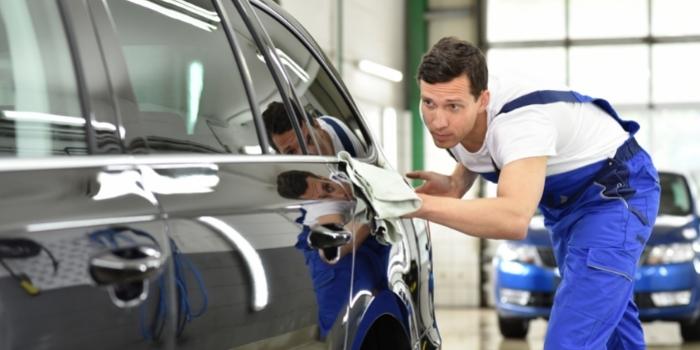
Table of Contents
Will Muriatic Acid Damage Car Paint?
If you wash the bricks, concrete, or stone surfaces with muriatic acid before painting, it can neutralize the alkalinity of the surface which will help the paint to last longer.
However, when used on the car surface muriatic acid does more damage to the surface and underlying paint, than any good.
If not washed off with water immediately, muriatic acid will certainly damage your car’s paint.
And if left for long, it will not only strip the paint off the hood, and chassis but also can make other structural damages to the vehicle.
With that said, muriatic acid can work great if you are using it for a new paint job or on your unfinished vehicle.
But it will be damaging for your vehicle if it gets into contact with the car surface by accident.
How to Use Muriatic Acid to Strip Car Paint?
If you ever need to strip the old peeling paint from the surface of your RV, camper van, car, or bike you can follow the steps below…
Step 1- Prepare
If possible, remove/detach certain parts of your vehicle which will prevent them from getting damaged by the acids and chemical paint removers you will be using.
These parts can be bumpers, door handles, locks, etc.
Step 2- Cover the vehicle
Next, cover your vehicle with masking tape where you do not intend the acid and spray paint to get on.
These areas should include materials like PVC, rubber, and fiberglass panels along with any visible cracks or gaps.
Step 3- Apply acid paint remover
Once you have done all the preparations and protected the surfaces, mix and dilute the muriatic acid in a proportion of four-parts water to one-part acid.
Apply this acid paint remover on the surface which you wish to remove the old flaking paint from.
Then wrap the car in plastic wrap and allow the paint remover to settle on the surface for about fifty to sixty minutes.
Wrapping the car in plastic will save you from the dangerous fumes that can emit due to the reaction of acid and paint.
After about an hour, remove the wrap.
Finally, strip and get rid of car paint using a sandblaster.
Your stripped car is now ready to spray paint. Either repaint it yourself using a sprayer or have it repainted by a nearby auto body detailer and professional.
Tips & Warning
- Always exercise caution when working with muriatic acid
- Wear rubber gloves and a face mask. And do not let the acid touch your skin
- In case the acid is spilled accidentally, you can use baking soda (a strong alkaline) to neutralize the acid
- If there is a leftover acid, make sure you dispose of it safely or transport it to a hazardous waste facility that can do the job
- Concentric nitric, hydrochloric, and phosphoric acids are some good alternatives to muriatic acid that can also be used for removing paint from metal
Muriatic Acid on Aluminum Wheels – Is it Safe?
If you need to remove the stubborn dried paint, grime, residue, tar, or sap on your vehicle’s wheels, Muriatic acid can work quickly.
However, to safely acid wash without damaging your aluminum wheels and chrome rims you will need to be extremely cautious and prepare the acid cleaner correctly.
- In a small bucket add about 10 cups of warm water followed by 1 cup of muriatic acid
- With a clean cloth dipped in diluted acid wash mixture, rub the wheels and rims nicely
- Rinse the acid mixture from the wheels within 60 seconds of wiping, if left longer it can damage the wheels and rims
While cleaning aluminum wheels with muriatic acid make sure you wash the acid without a minute or else it can eat through metal and can cause damage to the finishing.
If the wheels aren’t clean in one round, rinse and repeat the steps again.
And also keep in mind, that while diluting the acid, always add acid into the water and not vice versa.
If done opposite the acid can potentially explode and prove dangerous.
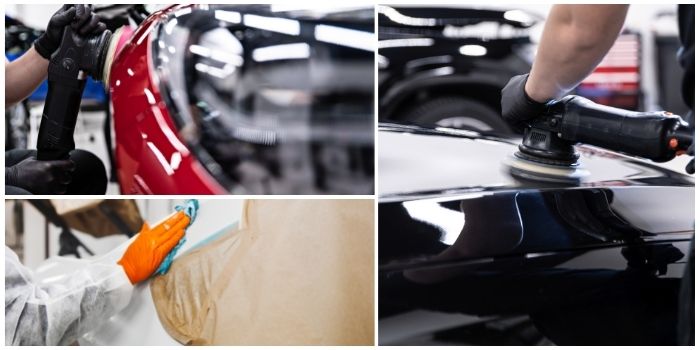
Other Safe Ways to Strip Spray Paint Off a Car Body
It is always tempting to just apply a fresh coat of spray paint on the exteriors of your car without stripping the earlier layer.
This way you save yourself time and effort. But mind it – it’s not best for your car or the paint.
As the old paint layer almost always makes the new paint lose its shine and texture.
The solution?
Always strip off the spray paint properly. Then apply the new coat.
Below we will be learning to strip paint off a car in 3 different DIY ways. And if you do it correctly they are all easy.
1. Sanding
Sanding away the old paint is an excellent approach for removing paint from automobiles that do not have many paint coats.
This procedure is particularly useful for eliminating spray paint, rust, or tiny defects because it does not need a large amount of equipment or paint to finish the job.
When removing paint or rust spots, keep in mind that after sanding away the rust, you’ll need to treat the area to keep it from spreading.
Sanding Procedure:
Before you begin, ensure to apply gloves and a dust mask in a well-ventilated location.
Next, sand the car area you want to refinish with 220-grit sandpaper until all of the paint has been stripped off.
Then wipe up the area and again sand with 400-grit sandpaper this time, until the area is perfectly smooth.
Wipe the surface clean again to ensure no residue remains, and then wash and dry your car before proceeding with any painting or sealing.
A Few Additional Tips:
While sanding by hand is effective, you can save a lot of time with a dual-action sander.
There are a variety of sanders available that will also accomplish the job, but the popularity of dual-action sanders is humongous.
To avoid dents or gouging keep the dual-action sander flat against the surface at all times.
Heavy-duty grinders should not be used since they are powerful enough to take away the sheet metal and severely harm the car.
2. Chemical Stripping
This process may appear to be more time-consuming at first, but it works well when repainting a bigger surface area and will save you time in the end.
The amount of chemical stripper you’ll need will depend on the surface area of the car that has to be repainted, so be sure you have enough.
Begin with a clean and dry car, as with the sanding procedure.
Remove any fixtures or rubber trim that surrounds the area that has to be repainted so that the chemical stripper does not harm them.
Tape or cover any windows that need it, then gather your materials: a chemical stripper (like Super Automotive Stripper available online or at auto stores), a foam brush or rag, and a putty knife are all required.
Always use a ventilator and heavy-duty gloves while peeling automobile paint, as well as protective clothing.
Chemical Stripping Steps:
Step 1: Remove any decorative items from your vehicle and mask off seams and glass using masking tape.
This keeps the chemicals from damaging unwanted areas.
Step 2: Apply the chemical spray paint remover to the desired area.
Depending on the container, you will either spray or brush the chemical onto the paint you wish to remove.
Step 3: Use a scraper to strip off the paint but make sure it’s a plastic scraper that you’re using to remove the softened paint in this chemical process.
Step 4: Get rid of the masking tape from the seams and remove the paint by hand.
Step 5: Wash it with a light detergent, such as dish detergent. Then, rinse it well with clean water.
3. Sand Blasting
Sandblasting employs a compressor to propel sand at high speeds toward a target. It has several uses, but one of the most popular is the removal of paint.
Particularly if you have a large area of paint you want to remove from your car, sandblasting may be the best route forward.
Sandblasting, in general, is a do-it-yourself activity, and most home improvement stores sell or rent equipment for this car paint removal process.
Sandblasting plan of action:
After you’ve prepped everything and chosen the right media to sandblast, sandblasting is a rather simple operation.
Unless you don’t mind being coated with dust, cover the area with a tarp.
You can also collect and reuse the sand by using a tarp.
However, you’ll need to filter it through a tiny sieve to remove any bigger material.
- First, wear a respiratory system and protective clothing.
- Connect the hose and sandblaster to the air compressor and fill the hopper with sand.
- Switch on the compressor and allow for it to fill with air.
- Hold the nozzle 1 foot away from the desired area and push the trigger to release the sand, and strip off the paint in wide, even strokes.
A Few Additional Tips:
Sandblasting is one of the most efficient ways to strip off the paint from a vehicle.
However, the ease with which various types of paint may be removed varies.
Test by holding the nozzle of a sandblaster at a different distance from the desired area as well as changing the pressure higher or lower to find out what is more efficient.
This can help you do the paint stripping job without hurting the car surface.
Final Thoughts
All the above processes work and are efficient in removing paint from your car.
The main thing is to identify your needs and then put one of the above methods to use.
If you have less paint to remove and only some tiny, minor defects to get loose of then sanding may be the best and most feasible way to go with.
On the other hand, chemical strippers will save you some money but they are also more time taking. Since the chemicals will take some time to remove the paint naturally.
You can also use chemical strippers for larger surface areas and the best part is they are very environment friendly.
And as far as sandblasting goes it is the fastest way of paint removal.
It will save you hours and hours of work. But, yes it’s also hazardous for you and the environment itself. So, pick your method accordingly.
Also, remember that Muriatic acid is strong and can damage the metal surfaces of your car if used incorrectly.
Any residual acid if left for long, can also make the surface brittle which will eventually tend to lower the overall life of the surface on which it is used.
So, it’s better to avoid using muriatic acid on your car or if required do it with all the care by following the proper steps.

Based in Orem (Utah) John Paterson graduated from Utah Valley University and has begun writing in 2009. He has a large wealth of experience in writing articles related to cars, automotive repair, wheels, cleaning/maintenance, and much more. He has also written instructional articles in a similar niche for a few online publications as well. Currently, he works as a mechanic in his personal garage shop where he loves serving his countrymen from his heart.

